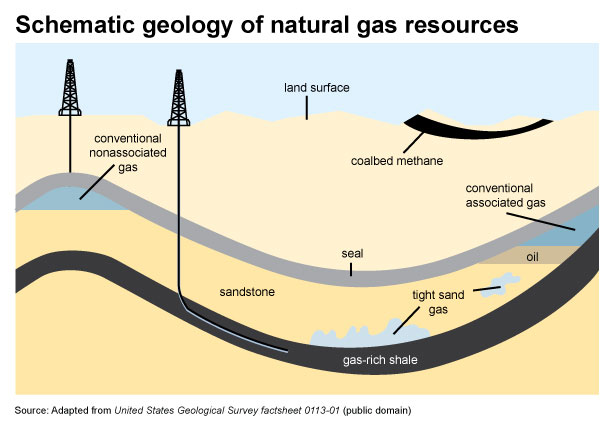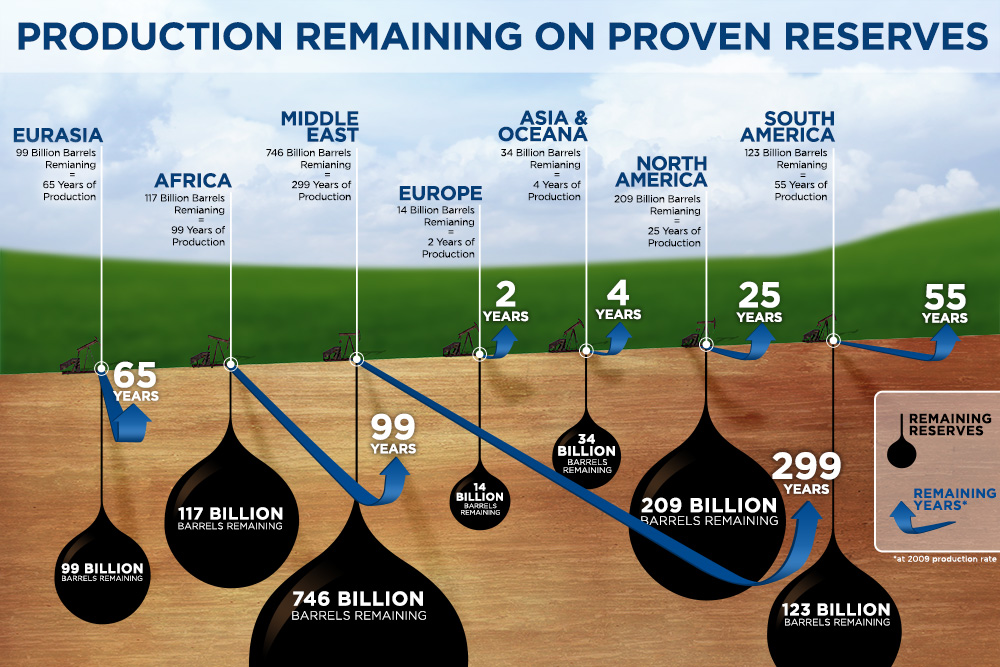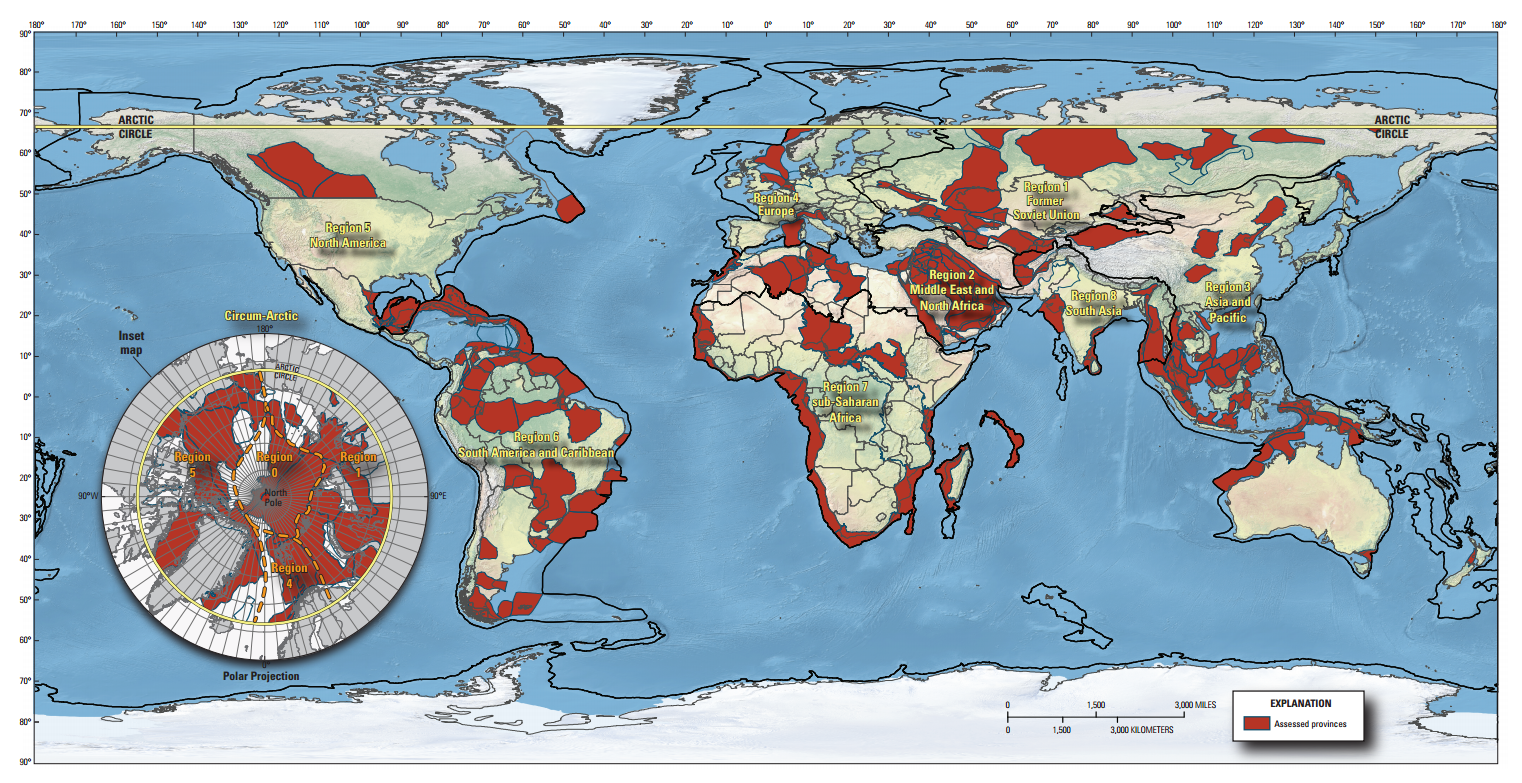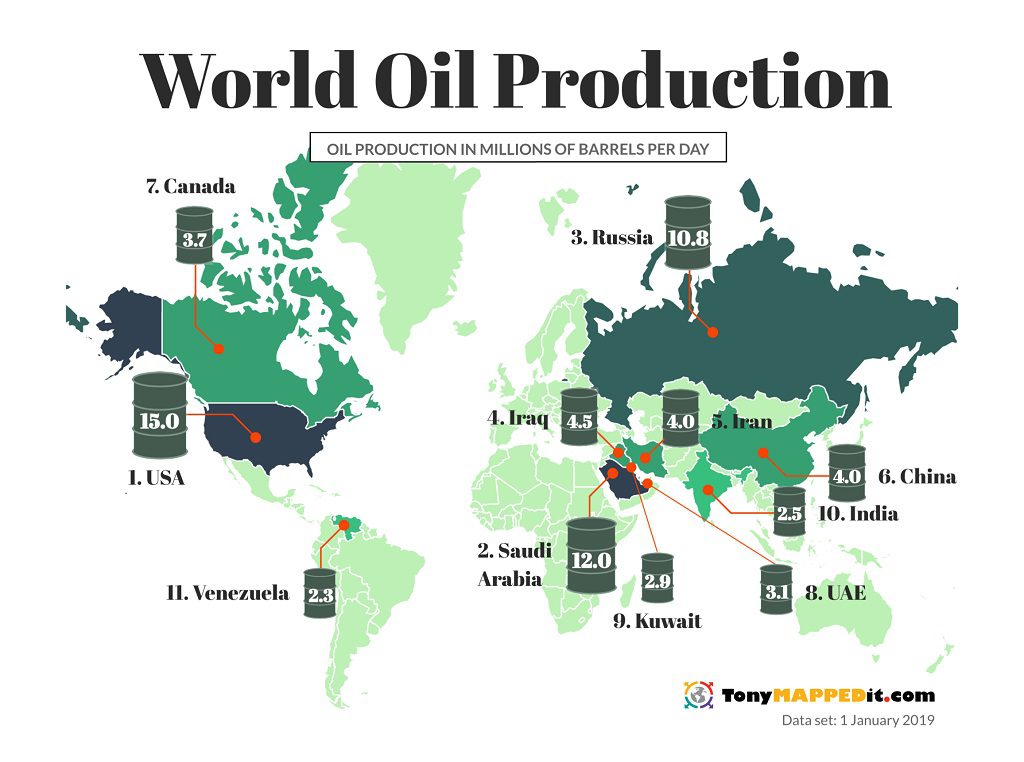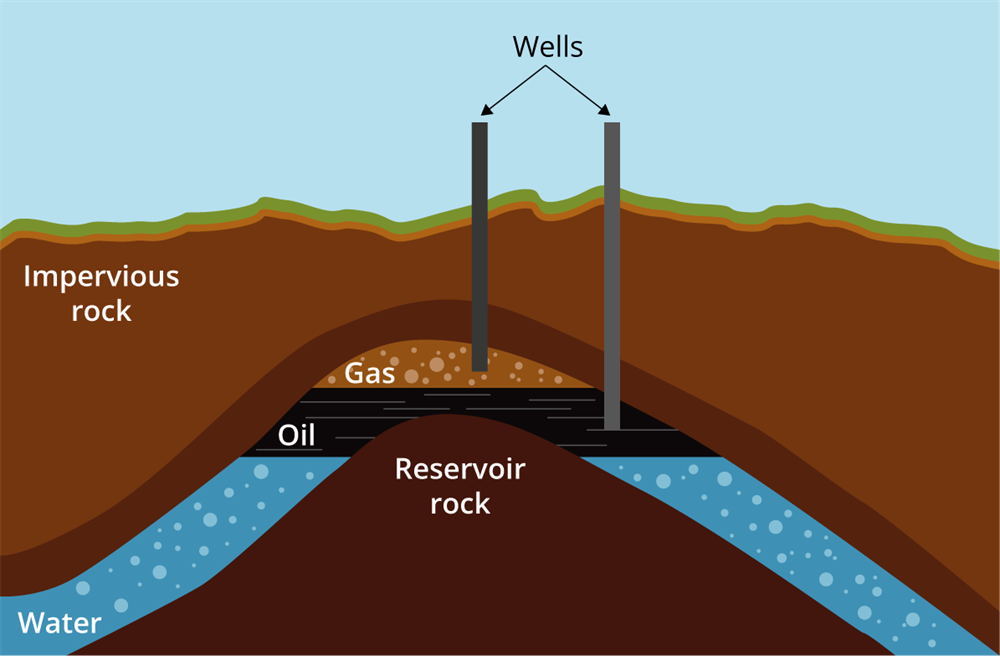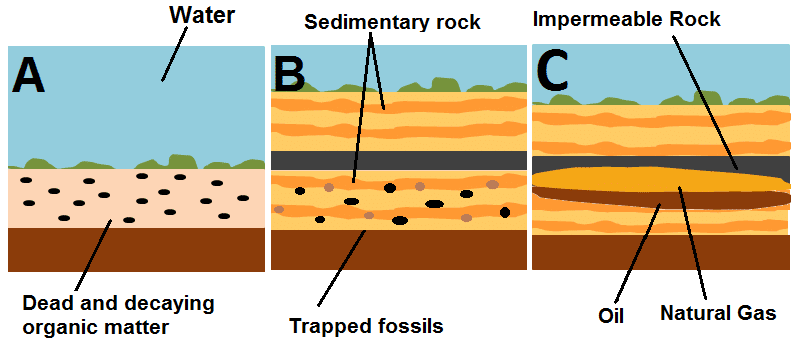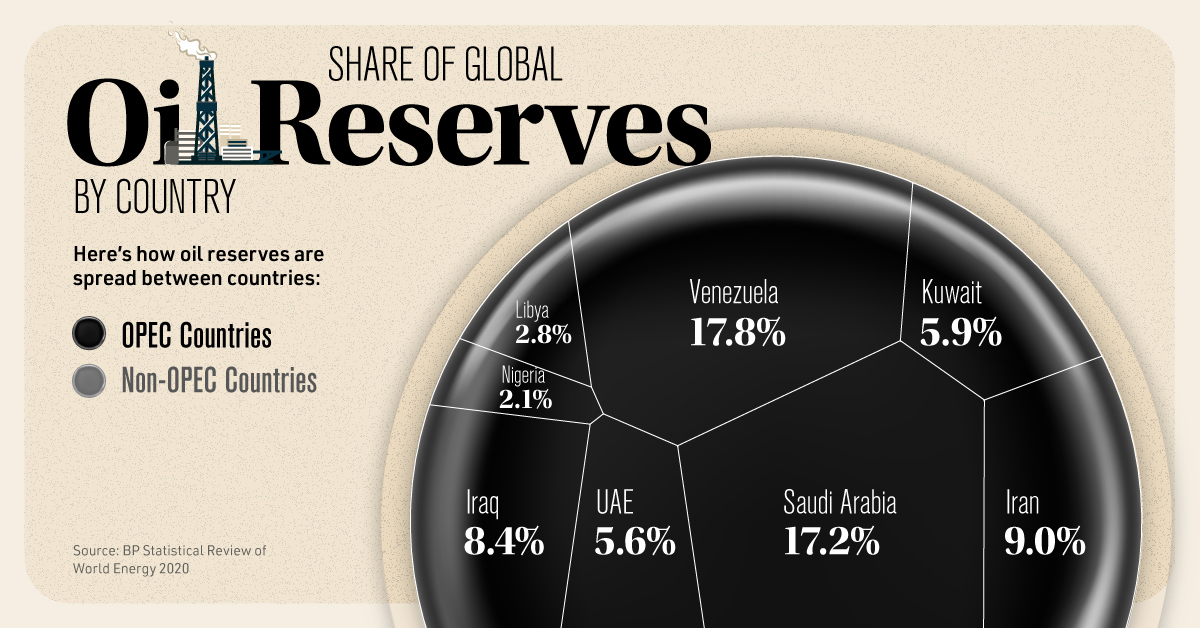Most Useful Oil Deposits Are Usually Found
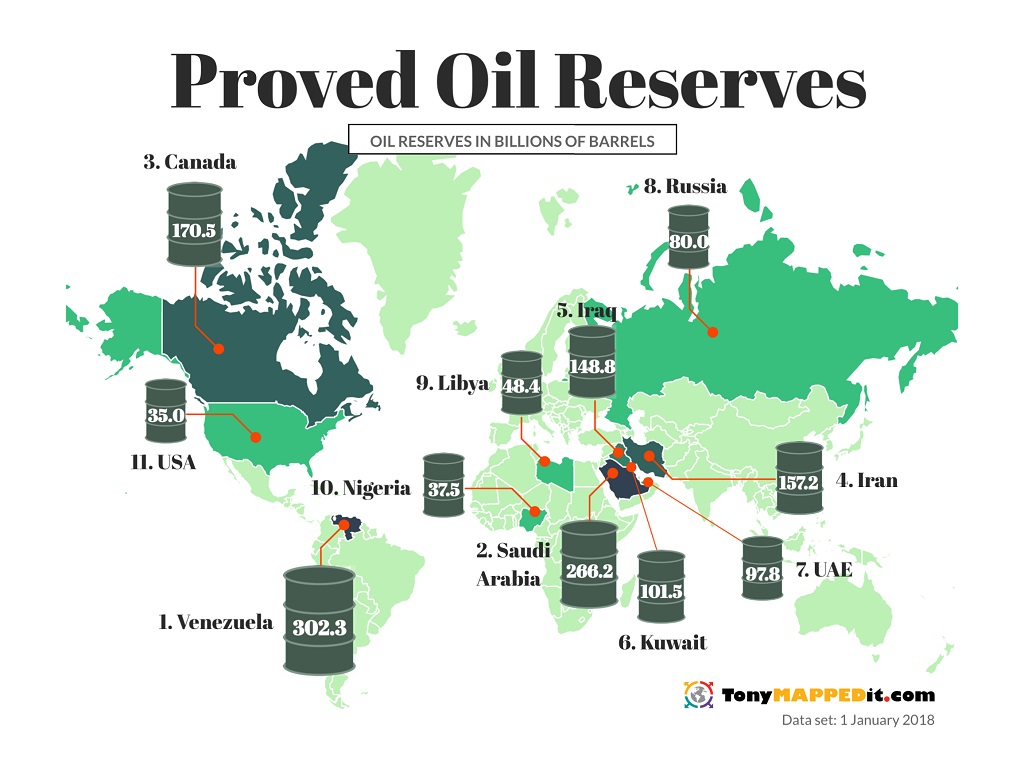
The hunt for oil, a resource vital to modern civilization, has long been a game of geological cat and mouse. Recent studies and data analysis reveal a compelling trend: the most economically viable and easily accessible oil deposits are frequently discovered near pre-existing, known reserves. This pattern is reshaping exploration strategies and impacting global energy markets.
This article delves into the factors contributing to this phenomenon, its implications for the energy sector, and potential consequences for nations heavily reliant on oil revenue. Understanding this trend is crucial for investors, policymakers, and anyone concerned about the future of energy resources.
Proximity Breeds Productivity: The Science Behind Oil Deposit Clustering
The concentration of valuable oil deposits near already-established fields is not a matter of mere coincidence. Geological formations conducive to oil generation and accumulation often extend across considerable areas.
These formations, such as sedimentary basins, create ideal conditions for organic matter to transform into hydrocarbons over millions of years, as explained in a report published by the U.S. Geological Survey.
Furthermore, the presence of existing oil fields often signifies the presence of effective "traps" – geological structures like faults or folds that prevent oil from migrating away. These traps, crucial for accumulation, may exist nearby, holding additional, yet undiscovered, reserves.
The seismic data gathered during initial explorations of an area often provides valuable insights into the surrounding geological landscape, making the discovery of adjacent deposits more efficient. These data provide a clearer picture of subsurface formations.
Reduced Exploration Costs and Increased Efficiency
Exploring near existing oil fields significantly reduces exploration costs. Infrastructure, such as pipelines and processing facilities, is already in place.
This drastically lowers the capital expenditure required to bring new discoveries into production, making the endeavor far more economically attractive. "The economics of proximity are undeniable," says Dr. Emily Carter, a petroleum geologist at the University of Texas.
Furthermore, the knowledge gained from operating in a specific region provides valuable operational advantages. Companies understand the local geology, permitting processes, and logistical challenges.
The Global Implications for Energy Markets
The trend towards proximity-based oil exploration is shaping global energy markets. Regions with well-established oil industries are likely to remain dominant players.
Countries like Saudi Arabia, Russia, and the United States, with their vast existing reserves and extensive infrastructure, are well-positioned to continue leading oil production. The International Energy Agency (IEA) supports this assertion.
However, this concentration of resources could also exacerbate geopolitical tensions. Competition for access to these increasingly valuable deposits may intensify.
Smaller nations with potential, but undeveloped, oil reserves in less explored regions could struggle to compete with the established giants.
Environmental Considerations and the Shift Towards Renewables
While finding oil near existing fields offers economic advantages, the environmental implications cannot be ignored. Increased drilling activity can lead to habitat destruction, water contamination, and greenhouse gas emissions.
The recent Paris Agreement highlights the urgent need to transition away from fossil fuels towards cleaner energy sources.
As global pressure to reduce carbon emissions intensifies, the long-term viability of relying solely on oil, even from easily accessible deposits, is being questioned. Many investors are diverting from oil to renewable energy investments.
Therefore, while proximity-based oil exploration may offer short-term economic gains, it's crucial to consider the long-term environmental consequences and the growing momentum behind the renewable energy revolution.
A Human-Interest Angle: The Impact on Local Communities
The discovery of new oil deposits, even near existing fields, can have significant social and economic impacts on local communities. Employment opportunities may increase, leading to economic growth and improved living standards.
However, oil development can also bring challenges, such as increased traffic, noise pollution, and social disruption. Careful planning and community engagement are essential to mitigate these negative impacts and ensure that local residents benefit from oil extraction.
In many oil-producing regions, communities are demanding a greater share of the revenue generated from oil extraction, to fund local infrastructure projects and social programs.
Conclusion: A Balancing Act
The tendency for economically useful oil deposits to be found near existing reserves is reshaping the energy landscape. This trend presents both opportunities and challenges.
While offering reduced exploration costs and increased efficiency, it also raises concerns about environmental sustainability and geopolitical stability. A balanced approach, considering both economic benefits and long-term consequences, is crucial to ensure a sustainable energy future for all.
The industry has to keep searching for the next best thing. The current reliance on oil needs to keep pushing toward more renewable resources in the near future.

